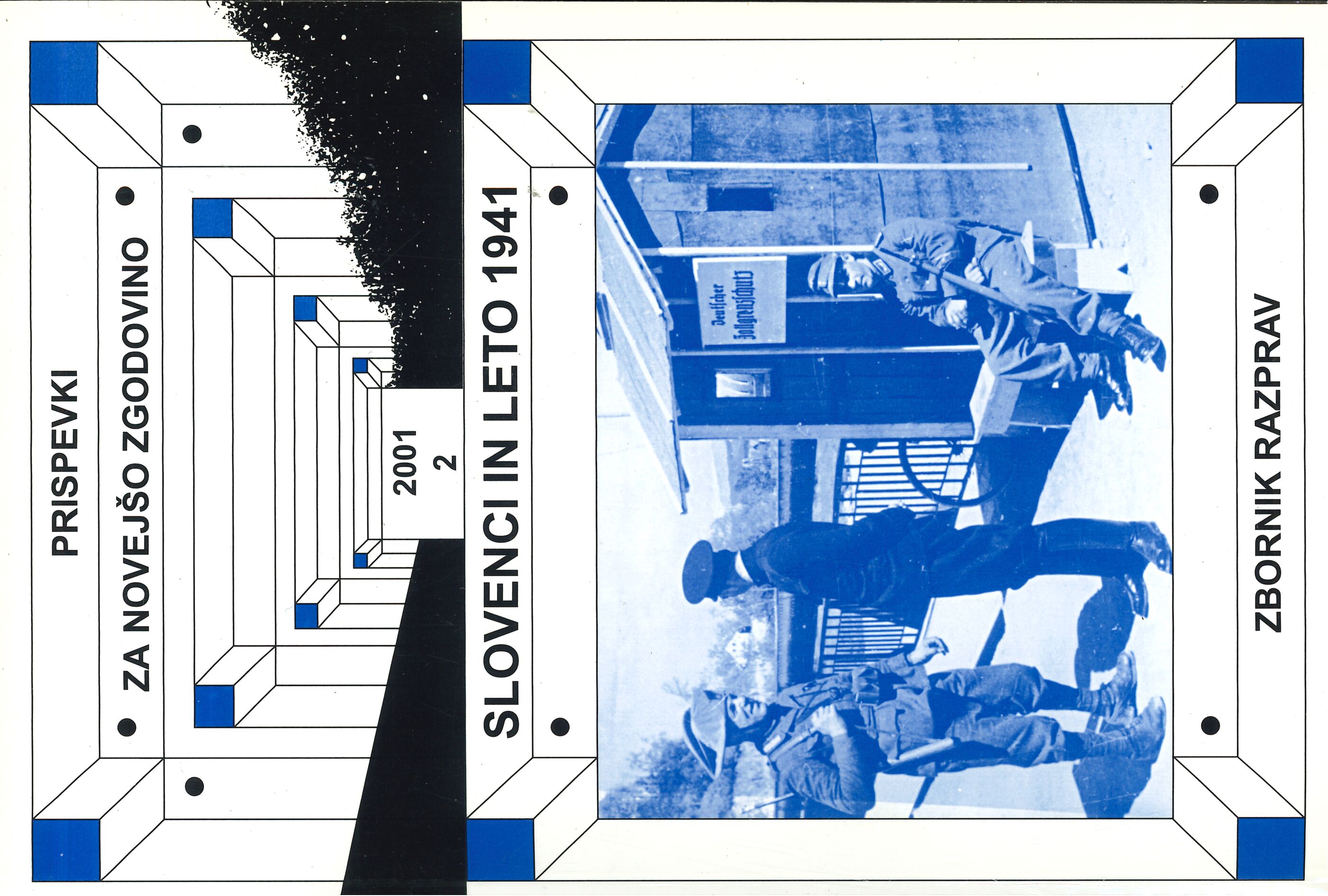The Response of Slovene Cultural Workers to the Occupation in 1941
Keywords:
Second World War, Slovenia, occupation, cultural workers, cultural policy, memorandum of cultural institutions, censorship, cultural silenceAbstract
After the occupation of Slovenia in 1941, there was a disagreement among Slovene cultural workers as to whether the conditions for the continuation of their activity and that of cultural institutions still existed. The strongest demand for the respect of Slovene cultural autonomy was presented to the Italian occupying administration on 29 April 1941 in a joint memorandum by six of the nation's most prominent cultural institutions. Among the established literary journals, only Catholic Dom in svet (Home and World) continued to circulate, while the editorial boards of other journals concluded that conditions for the continuation of their work no longer existed. This was an introduction to 'cultural silence'. This silence became one of the political principles of the national liberation movement in which most Slovene cultural workers participated. As early as 1941, two cultural scenes began to emerge in Slovenia. The first one operated legally in compliance with the restrictions set by the Italian censorship, whereas the second, more determined and socially relevant, expressed its principles through the underground press.
Downloads
Published
Issue
Section
License
Authors who publish with this journal agree to the following terms:
- Authors retain copyright and grant the journal right of first publication with the work simultaneously licensed under a Creative Commons Attribution License that allows others to share the work with an acknowledgement of the work's authorship and initial publication in this journal.
- Authors are able to enter into separate, additional contractual arrangements for the non-exclusive distribution of the journal's published version of the work (e.g., post it to an institutional repository or publish it in a book), with an acknowledgement of its initial publication in this journal.
- Authors are permitted and encouraged to post their work online (e.g., in institutional repositories or on their website) prior to and during the submission process, as it can lead to productive exchanges, as well as earlier and greater citation of published work (See The Effect of Open Access).


